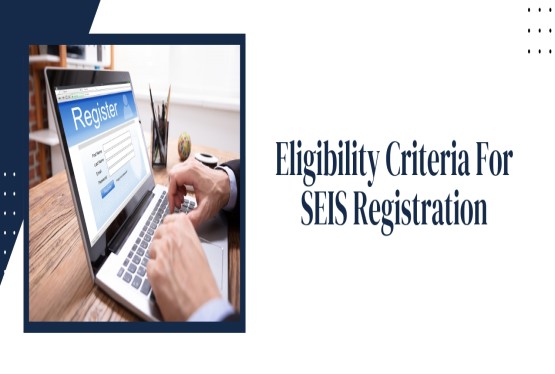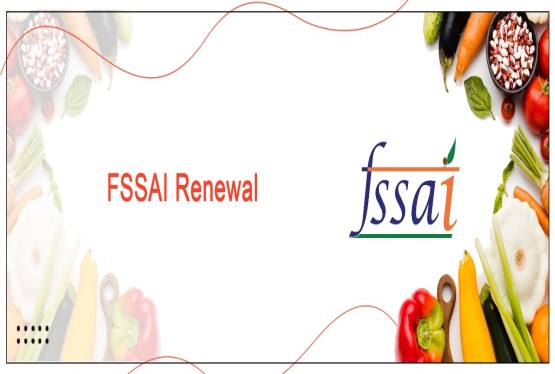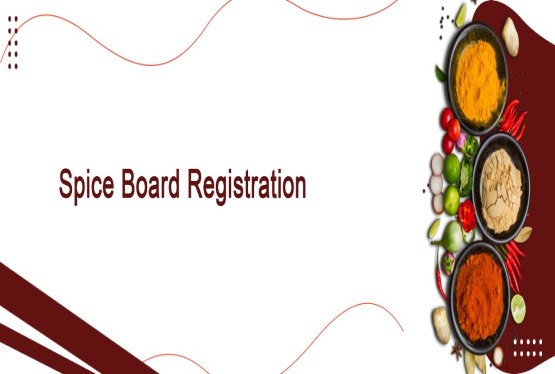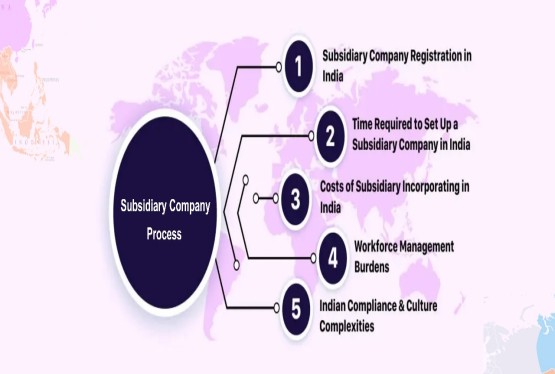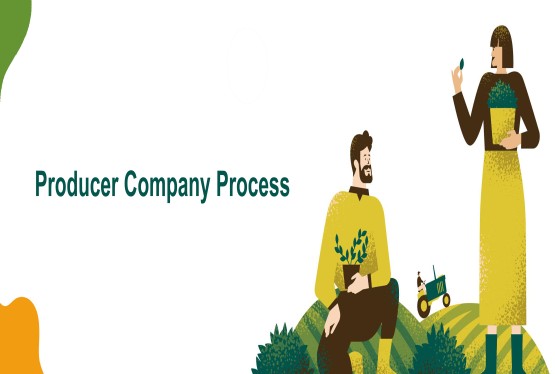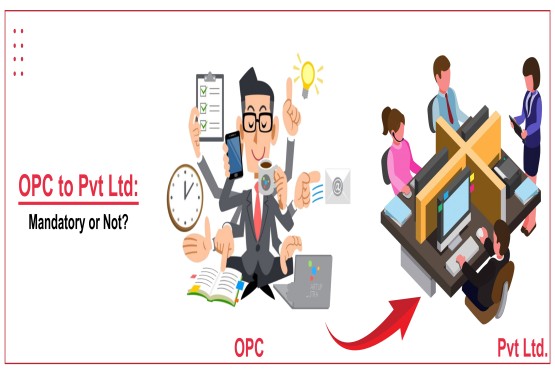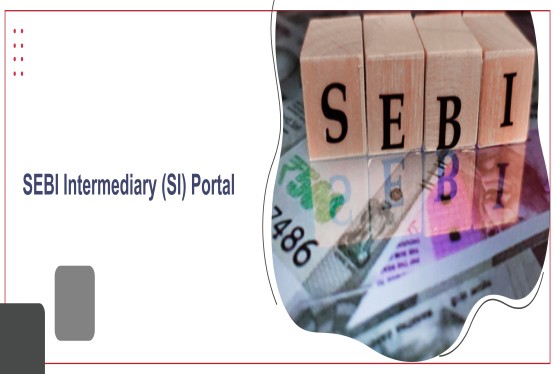On June 20, 2025, the Food Safety and Standards Authority of India (FSSAI) officially notified a significant update to the regulatory landscape for alcoholic beverages in India. These changes are introduced through the Food Safety and Standards (Alcoholic Beverages) First Amendment Regulations, 2025. These new regulations are set to come into effect from January 1, 2026. The update marks a critical shift in how alcoholic beverages are defined, classified, and monitored across the country.
The amendment expands the scope of regulation to newer beverage categories such as mead (honey wine), craft beer, and ready-to-drink (RTD) alcoholic beverages, while also streamlining standards for traditional Indian liquors. This article explains every major amendment in detail and highlights its implications for the alcoholic beverage industry in India.
Food Safety and Standards (Alcoholic Beverages) First Amendment Regulations, 2025 – Why?
The Food Safety and Standards (Alcoholic Beverages) Regulations were originally enacted in 2018. Prior to the latest update, the last amendment was made in August 2023. In May 2023, the draft of the current amendment was released for public consultation. Following thorough stakeholder consultation and review, the final notification was issued on June 20, 2025, under Section 92 of the Food Safety and Standards Act, 2006. The changes will officially come into force on January 1, 2026.
The amendment addresses growing consumer demand, product innovation, and the rising diversity of the Indian alcoholic beverage market. It brings greater clarity to product definitions, compositional standards, and labeling requirements. The keywords used in this regulation include "FSSAI amends Alcoholic Beverage Regulations," reflecting the broad scope and importance of the changes.
Meaning and Inclusion of Ready-to-Drink (RTD) Beverages
One of the most significant inclusions under the new regulation is the formal definition of alcoholic ready-to-drink beverages. These beverages typically contain between 0.5% to 15% alcohol by volume (ABV). They are made using spirits or a blend of spirits and other alcohol bases. In addition to alcohol, RTDs may include juices, herbs, spices, sweeteners, salt, and other additives permitted by FSSAI.
These ready-to-drink beverages are popular among urban consumers due to their convenience, flavor variety, and low-to-moderate alcohol content. Their inclusion in the regulatory framework ensures that these products meet uniform quality and safety standards across India. It also supports fair practices in manufacturing and marketing.
What is Mead (Honey Wine)?
The amended regulations officially define and include mead, also known as honey wine. Mead is a fermented alcoholic drink made exclusively from an aqueous solution of honey. Importantly, no other carbohydrate sources are allowed in the fermentation process. The final product may contain natural herbs and spices. This inclusion supports the growing niche market for mead in India, which is gaining popularity due to its artisanal appeal and unique taste profile. FSSAI has set specific quality standards for mead, ensuring that all products under this category maintain consistent alcohol levels, ingredient composition, and safety.
Codification of Nitro Craft Beers
Another key update under the FSSAI amends Alcoholic Beverage Regulations is the formal codification of nitro craft beers. These beers are a relatively new and emerging category, both globally and in India. They are distinguished by their use of nitrogen gas (N2) in addition to carbon dioxide (CO2) during the carbonation process. This gas mixture gives nitro beers a smoother texture and a creamy mouthfeel. The regulations specify the permissible carbonation volumes and quality parameters for nitro craft beers. With this formal recognition, breweries can now confidently market nitro beers in India while ensuring compliance with national standards.
Expanded Definition of Country and Indian Liquors
The amendment also brings clarity and expansion to the classification of country liquors and Indian liquors. Country liquors or Indian liquors are defined as alcoholic beverages obtained from the distillation of fermentable carbohydrates of agricultural origin. These can include molasses, jaggery (gur), cereals, potatoes, cassava, fruits, coconut sap, palm sap, and mahua flowers.
The regulation further divides country liquors into two categories: (i) Plain Country Liquor or Plain Indian Liquor: These are made solely from alcoholic distillates derived from agricultural fermentable sources. (ii) Blended Country Liquor or Blended Indian Liquor: These are blends of alcoholic distillates with rectified spirit or neutral spirit. By establishing a clear classification, the FSSAI ensures better oversight of production practices, consistent labeling, and quality control across various types of Indian spirits. This is especially crucial for safeguarding public health and preventing adulteration.
Annexure of Over 50 Indigenous Liquors
In addition to the general definitions, the FSSAI has also introduced an exhaustive annexure listing more than 50 varieties of indigenous liquors. These include regional beverages like Toddy, Mahua, Handia, Zutho, Apong, and many others.
The annexure provides detailed specifications for each of these liquors, such as raw materials used, alcohol content, fermentation processes, and other compositional criteria. This inclusion aims to preserve the cultural and traditional identity of Indian liquors while ensuring that all such products adhere to safety standards. By formally recognizing these beverages, the FSSAI promotes the responsible commercialization and wider distribution of traditional liquors across India and potentially in international markets.
Updated Quality and Compositional Standards
The FSSAI amends Alcoholic Beverage Regulations to include updated tables and benchmarks for compositional standards. These include permissible alcohol content, carbonation levels, and microbiological parameters. These updated values are aligned with the characteristics of the newly included beverage categories. Manufacturers must now ensure that their products meet these updated standards before launching them into the market. This helps in improving the overall product quality and assures consumers of consistent safety and reliability.
Compliance and Labeling Requirements
With the expanded scope and new categories under the FSSAI amends Alcoholic Beverage Regulations, compliance and labeling standards have also been updated. Each product must now be labeled clearly with relevant information including alcohol percentage, ingredients used, type of liquor (plain or blended), and other relevant statutory disclosures.
This ensures transparency for consumers and allows regulatory authorities to monitor adherence to safety and quality norms more effectively. It also reduces confusion in the marketplace by standardizing terminology and classification.
Role of Section 92 of FSS Act, 2006
The legal basis for these amendments lies under Section 92 of the Food Safety and Standards Act, 2006. This section empowers the FSSAI to draft, review, and notify changes to existing food safety standards. All the amendments in the current notification were formulated following proper procedure, which included public consultation and stakeholder feedback.
This participatory approach ensures that the final regulation is practical, inclusive, and reflective of industry realities and public health concerns. It also reinforces the credibility of FSSAI as a transparent and forward-looking regulatory body.
Impact on the Alcoholic Beverage Industry
The amendments under the FSSAI amends Alcoholic Beverage Regulations will have a significant impact on both established players and new entrants in the alcoholic beverage industry. For established manufacturers, the regulations provide a structured framework to expand product portfolios into new categories like RTDs and mead.
For smaller or regional players, particularly those dealing in indigenous liquors, the amendment offers formal recognition and a legal pathway for growth. Compliance will also ensure better consumer confidence and facilitate easier distribution through licensed retailers. From a market perspective, this update reflects India's readiness to adapt to global trends and support innovation in the alcoholic beverage sector. It also helps align Indian standards with international practices, opening up new export possibilities.
Conclusion
The Food Safety and Standards (Alcoholic Beverages) First Amendment Regulations, 2025, mark a historic moment in India’s regulatory evolution for alcoholic drinks. By bringing new categories like RTDs, mead, and nitro craft beers under its umbrella, and by formalizing the classification of indigenous liquors, the FSSAI is creating a more inclusive, transparent, and quality-driven industry. Set to come into force on January 1, 2026, these regulations reflect the maturity of India’s beverage market and its alignment with global best practices. It is now crucial for all stakeholders—manufacturers, distributors, and policymakers—to work together to ensure smooth implementation and compliance.
These regulatory changes not only safeguard public health but also empower the industry to innovate responsibly and sustainably. Through these amendments, FSSAI continues to uphold its mandate of ensuring food safety, while also nurturing the diversity and growth of India’s alcoholic beverage sector.
If you have any queries or need any assistance in obtaining FSSAI Registration, FSSAI State License, FSSAI Central License and need any FSSAI Consultancy, you can book a consultation with Compliance Calendar LLP Experts through mail at info@ccoffice.in or Call/Whatsapp at +91 9988424211.
FAQs
Q1. What is the purpose of the FSSAI (Alcoholic Beverages) First Amendment Regulations, 2025?
Ans. The amendment aims to revise and expand the existing regulatory framework for alcoholic beverages in India. It introduces new definitions, compositional standards, and classifications for products like mead, craft beer, and ready-to-drink beverages. This ensures product safety, standardization, and encourages innovation in the Indian alcoholic beverage sector.
Q2. When will the amended alcoholic beverage regulations come into effect?
Ans. The amendments were officially notified by FSSAI on June 20, 2025, and will come into effect from January 1, 2026. This allows manufacturers and stakeholders sufficient time to align their products and processes with the updated standards.
Q3. What are alcoholic ready-to-drink (RTD) beverages as per the new FSSAI regulation?
Ans. According to the amended regulations, RTDs are flavored alcoholic beverages containing 0.5% to 15% alcohol by volume, made using spirits or mixtures of alcohol bases. These may also include juices, herbs, spices, sweeteners, or carbonation, and must comply with FSSAI's compositional and labeling norms.
Q4. How is mead (honey wine) defined in the amended regulations?
Ans. Mead is defined as an alcoholic beverage created by fermenting an aqueous solution of honey without using any additional carbohydrates. It may contain permitted herbs and spices. The regulation introduces quality benchmarks for mead, which supports safe production and consumer transparency.
Q5. What is the significance of codifying nitro craft beers in the new regulation?
Ans. Nitro craft beers, known for their smooth texture due to nitrogen infusion, have been formally defined under the updated rules. The amendment specifies the required carbonation levels and gas mixtures, ensuring product consistency, labeling clarity, and promoting innovation in the brewing industry.
Q6. How have country liquors and Indian liquors been reclassified under the new rules?
Ans. The amendment distinguishes between plain and blended country liquors. Plain liquors are made from distillation of agricultural carbohydrates, while blended liquors involve mixing distillates with rectified or neutral spirits. This clarity helps in streamlining production, labeling, and regulatory compliance for traditional Indian spirits.
Q7. Will traditional Indian liquors like Toddy and Mahua be regulated under the new framework?
Ans. Yes. The amendment includes an annexure listing over 50 indigenous liquors such as Toddy, Mahua, Handia, Zutho, and Apong. Each variety is provided with defined standards to preserve cultural identity while ensuring safe consumption and regulated commercialization.












_crop10_thumb.jpg)





_crop10_thumb.jpg)




























-Form_crop10_thumb.jpg)

_crop10_thumb.jpg)























_learn_crop10_thumb.jpeg)
































_crop10_thumb.jpg)

_crop10_thumb.jpg)





















_crop10_thumb.jpg)















_for_Foreign_Directors_learn_crop10_thumb.jpeg)




_Act,_2015_learn_crop10_thumb.jpg)









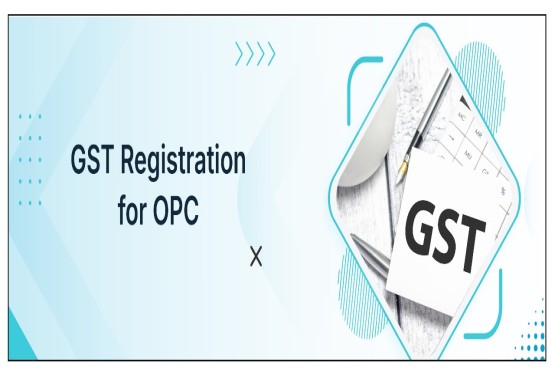
























_learn_crop10_thumb.jpg)


